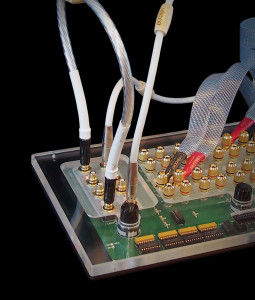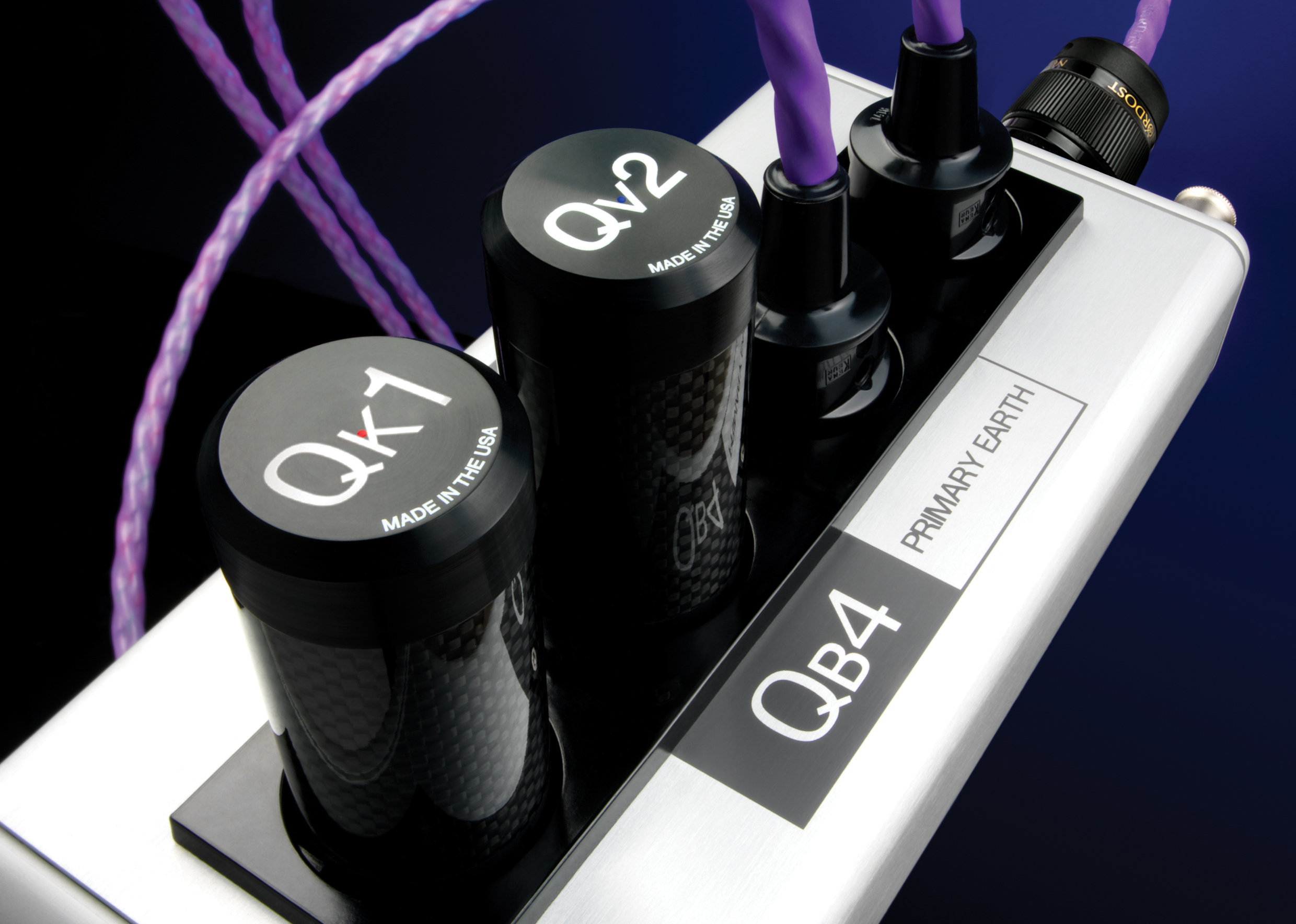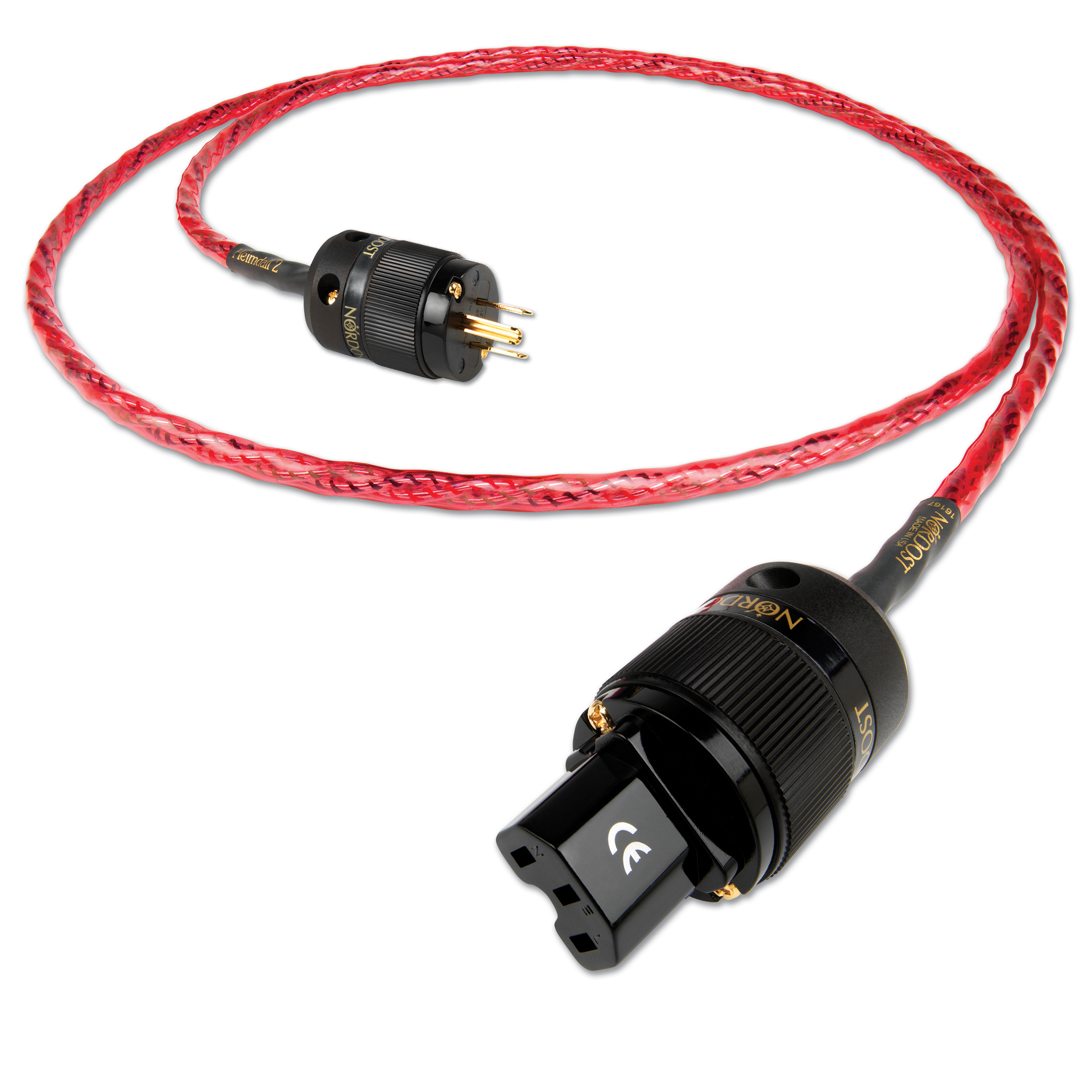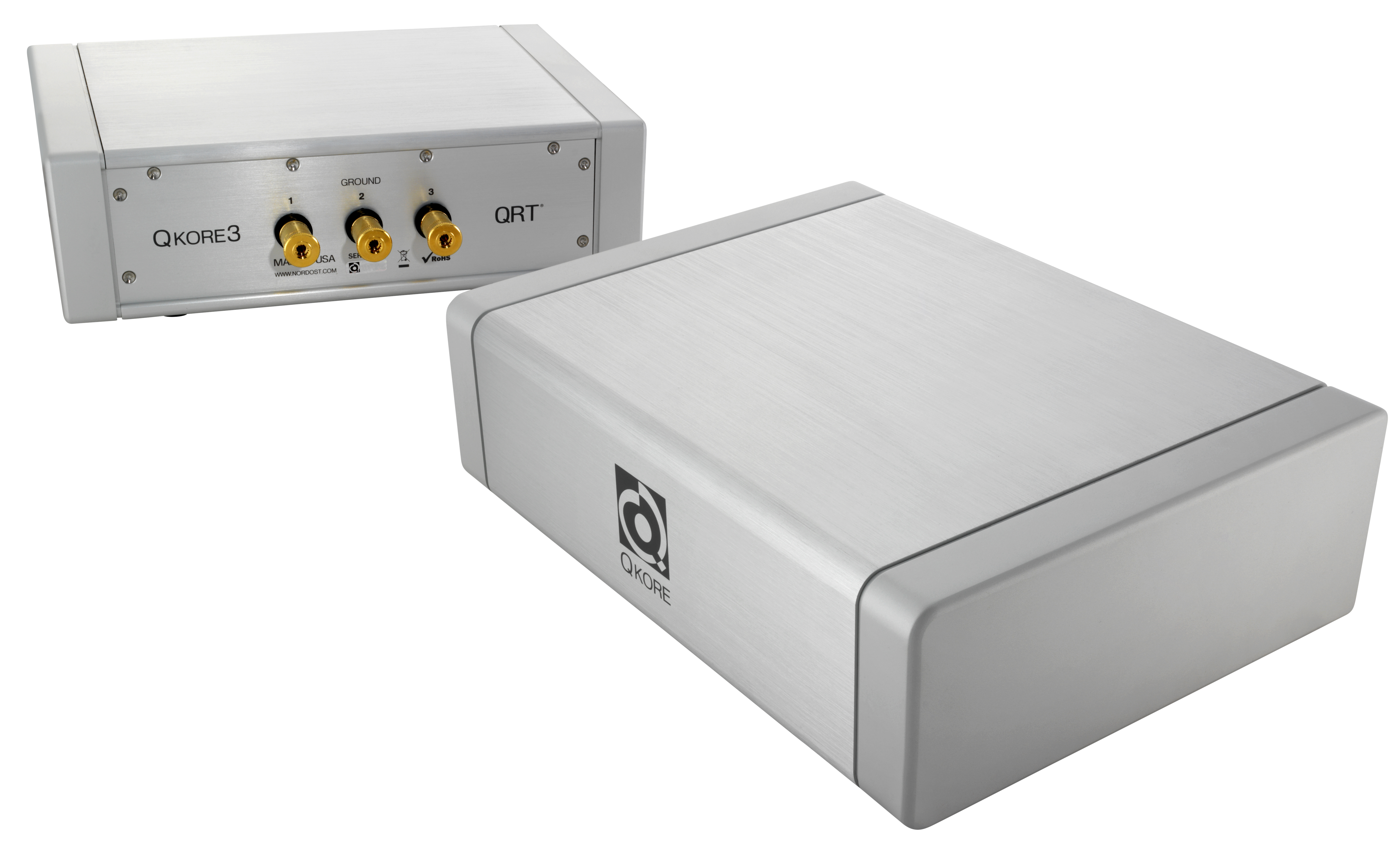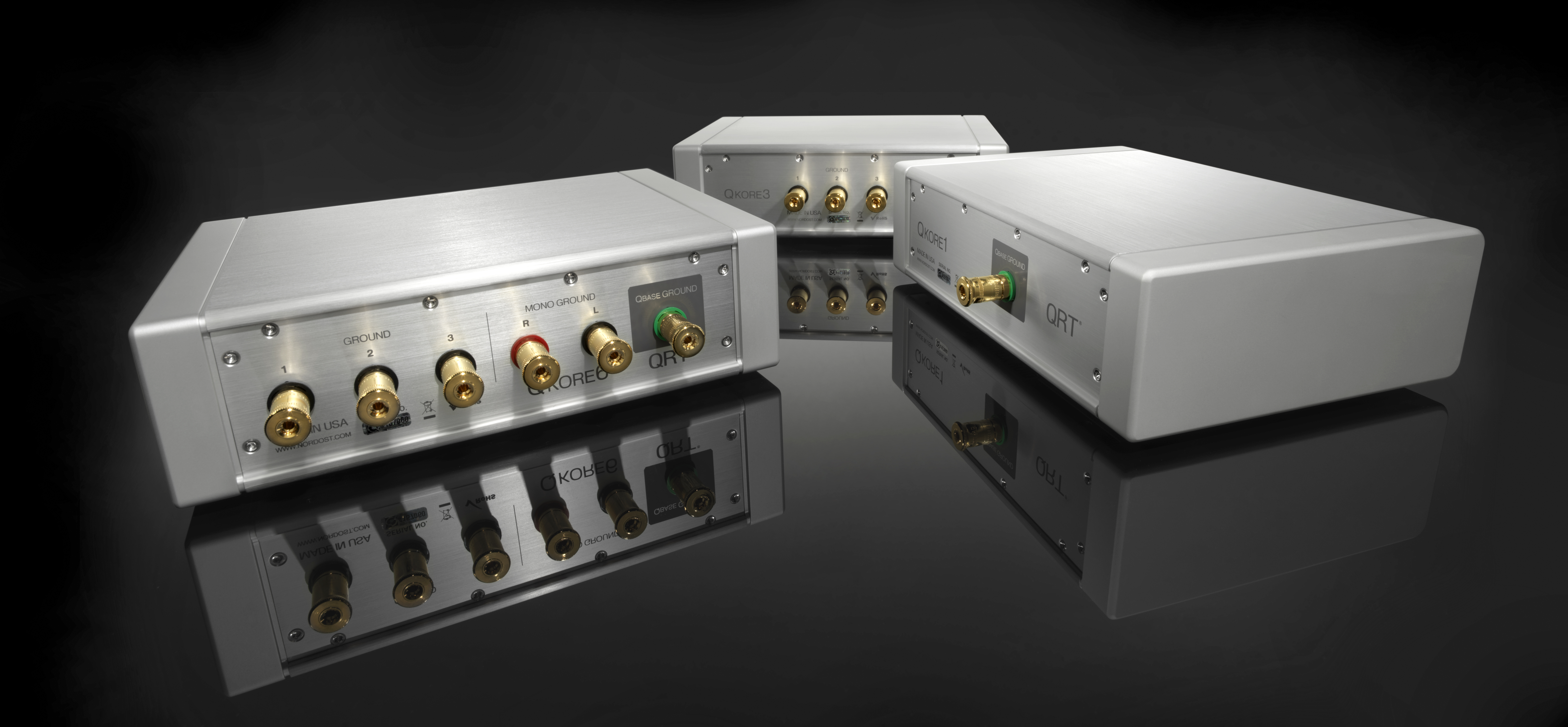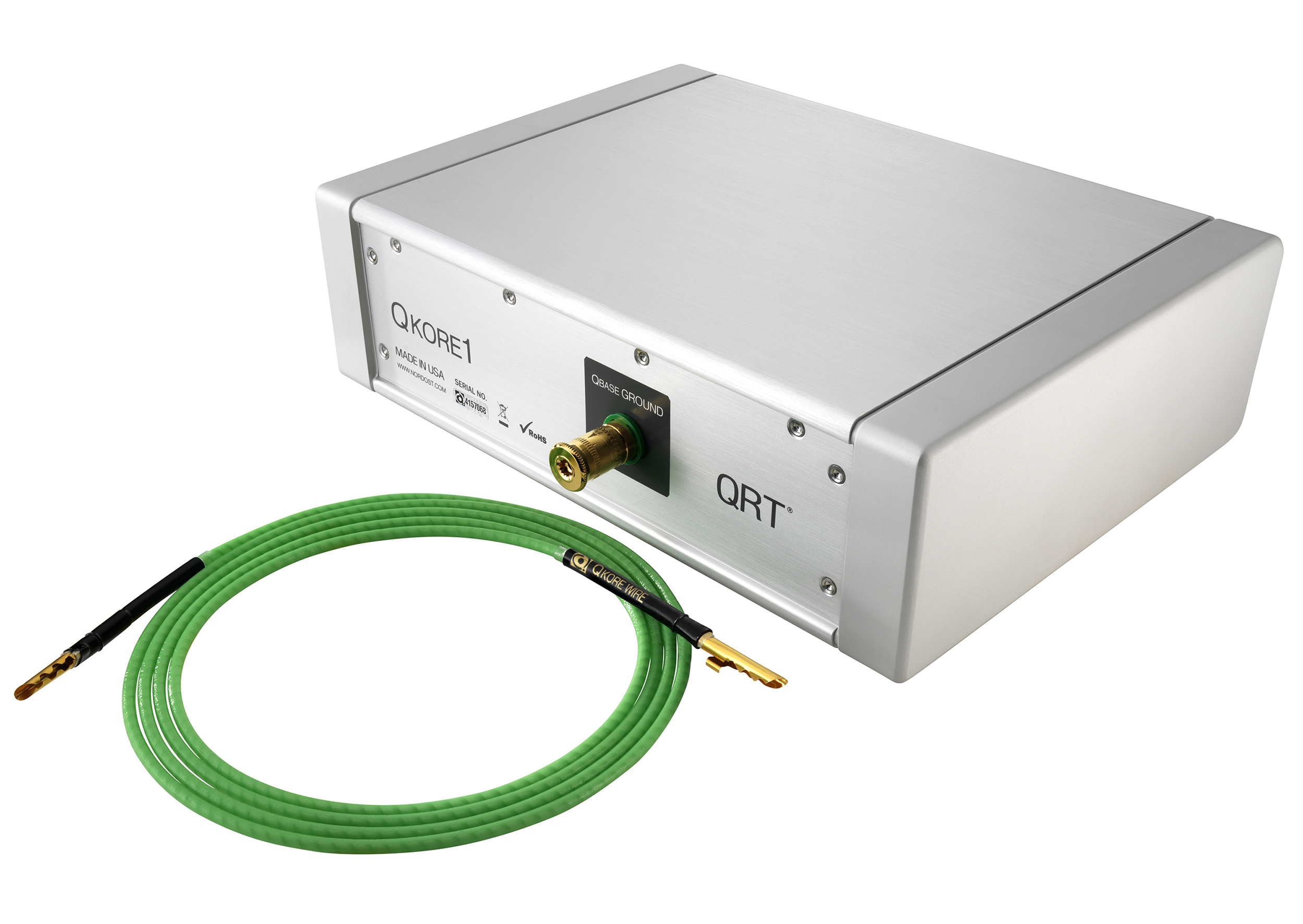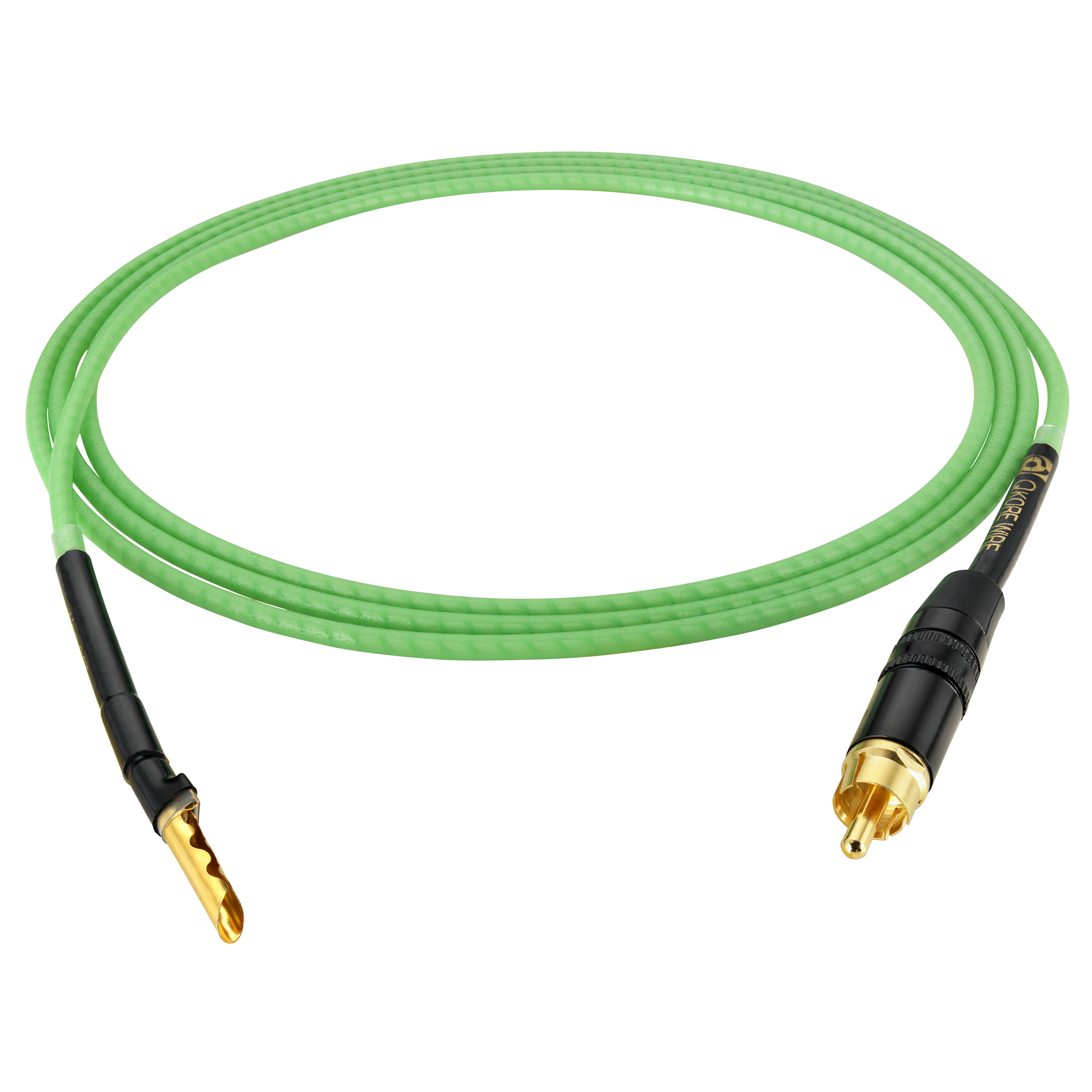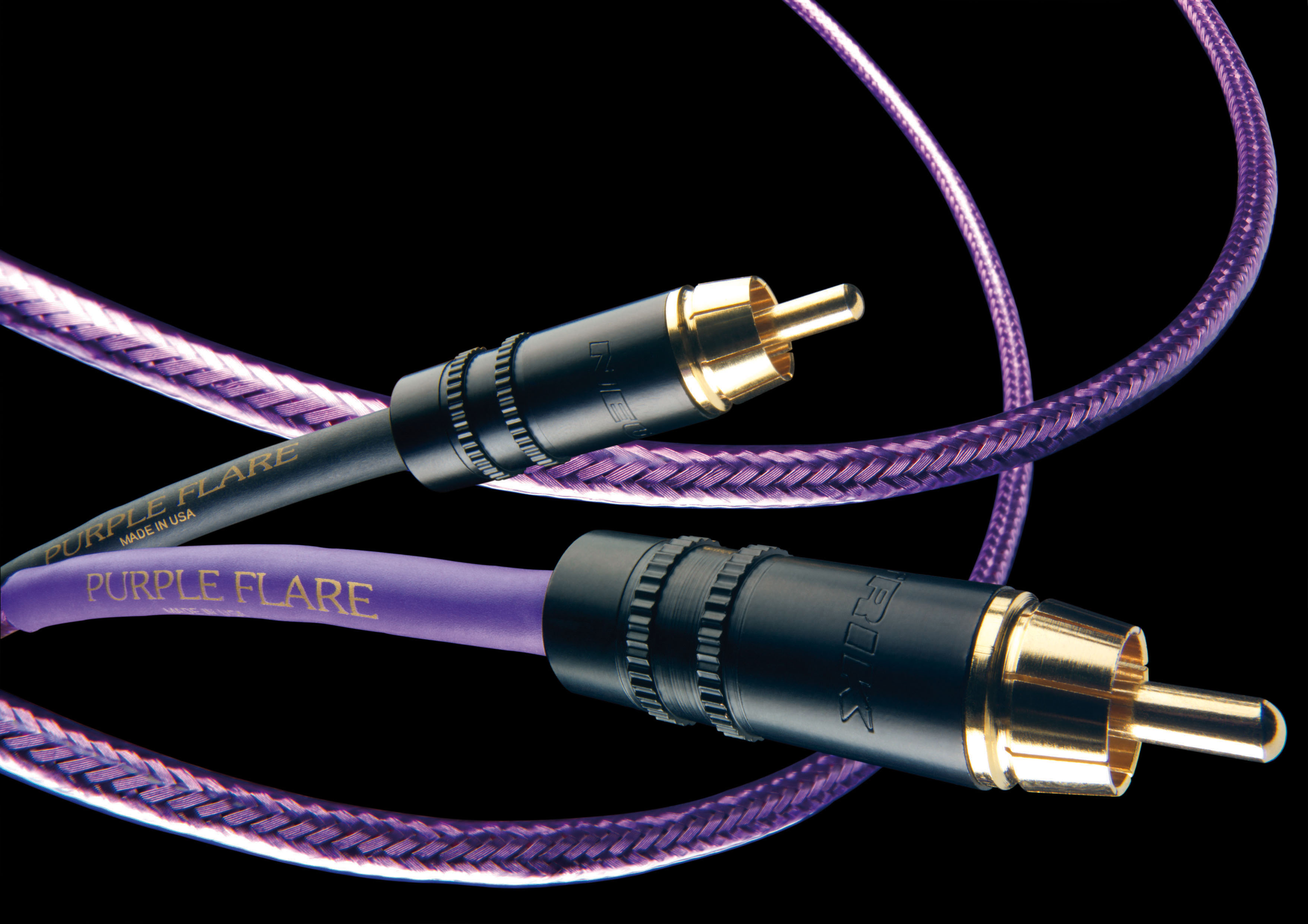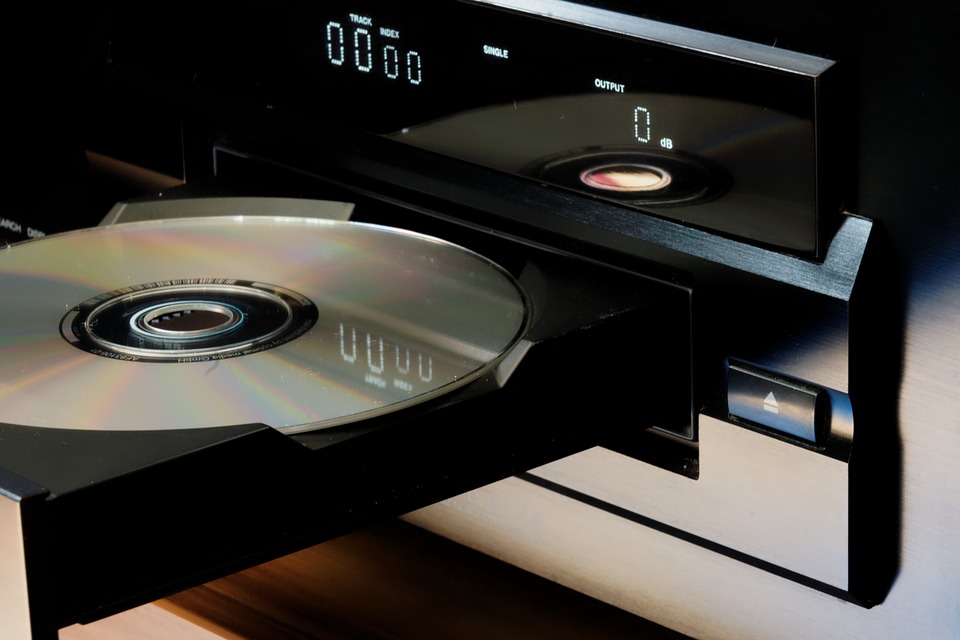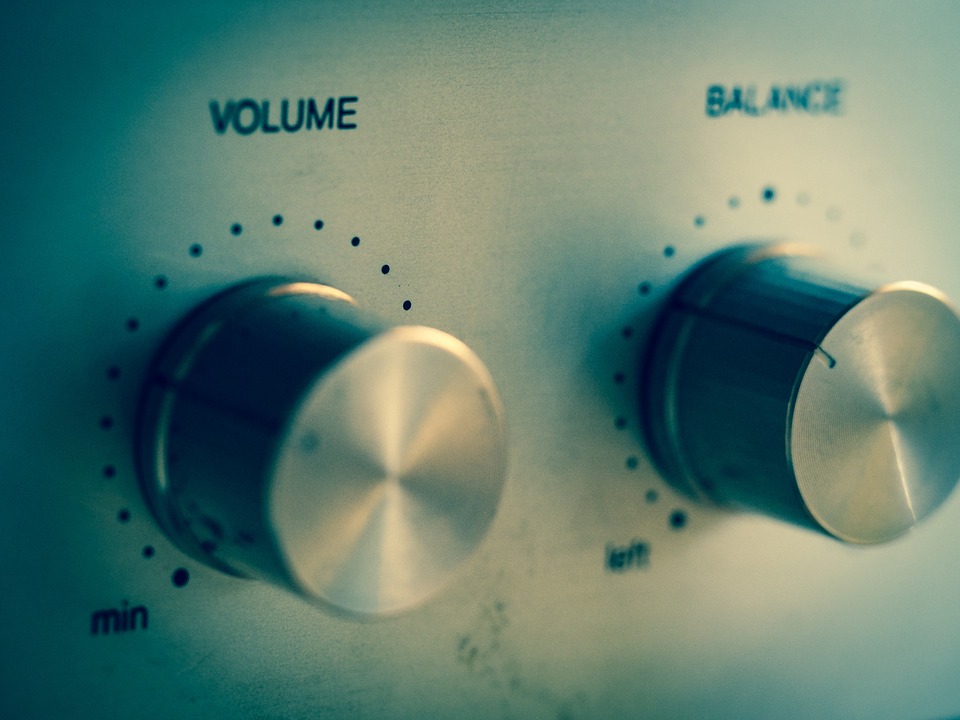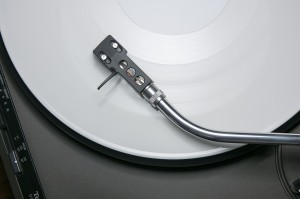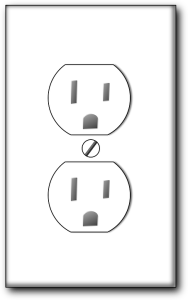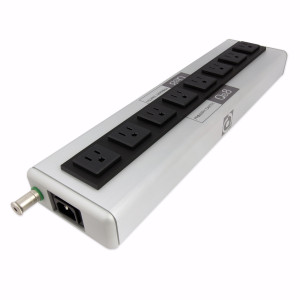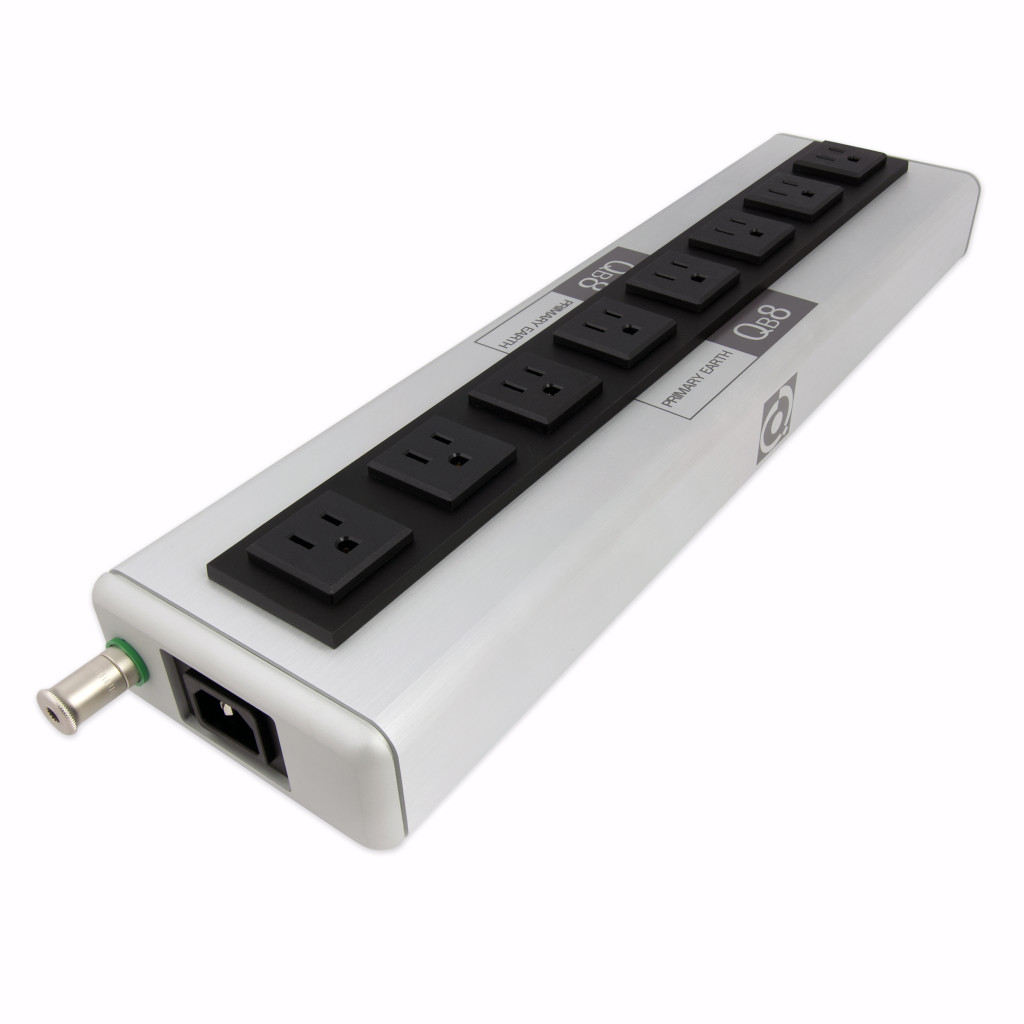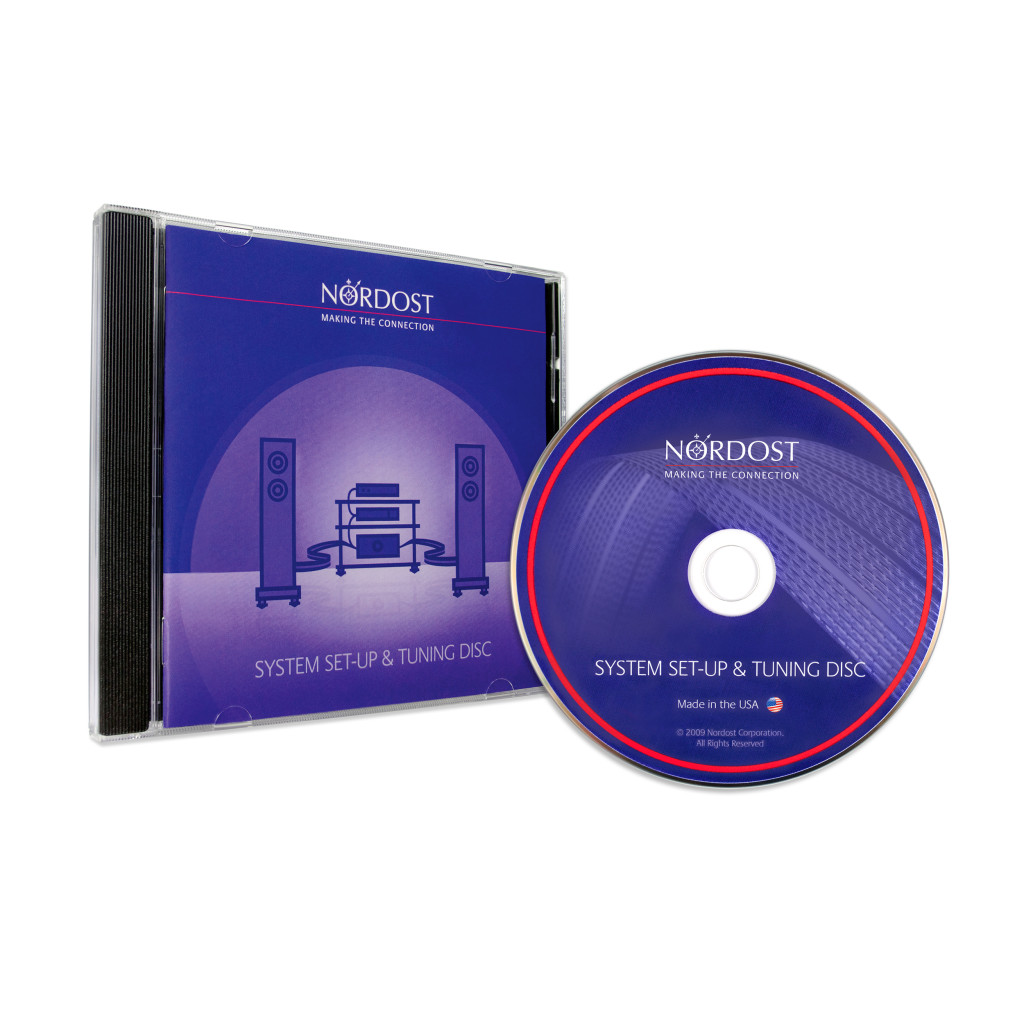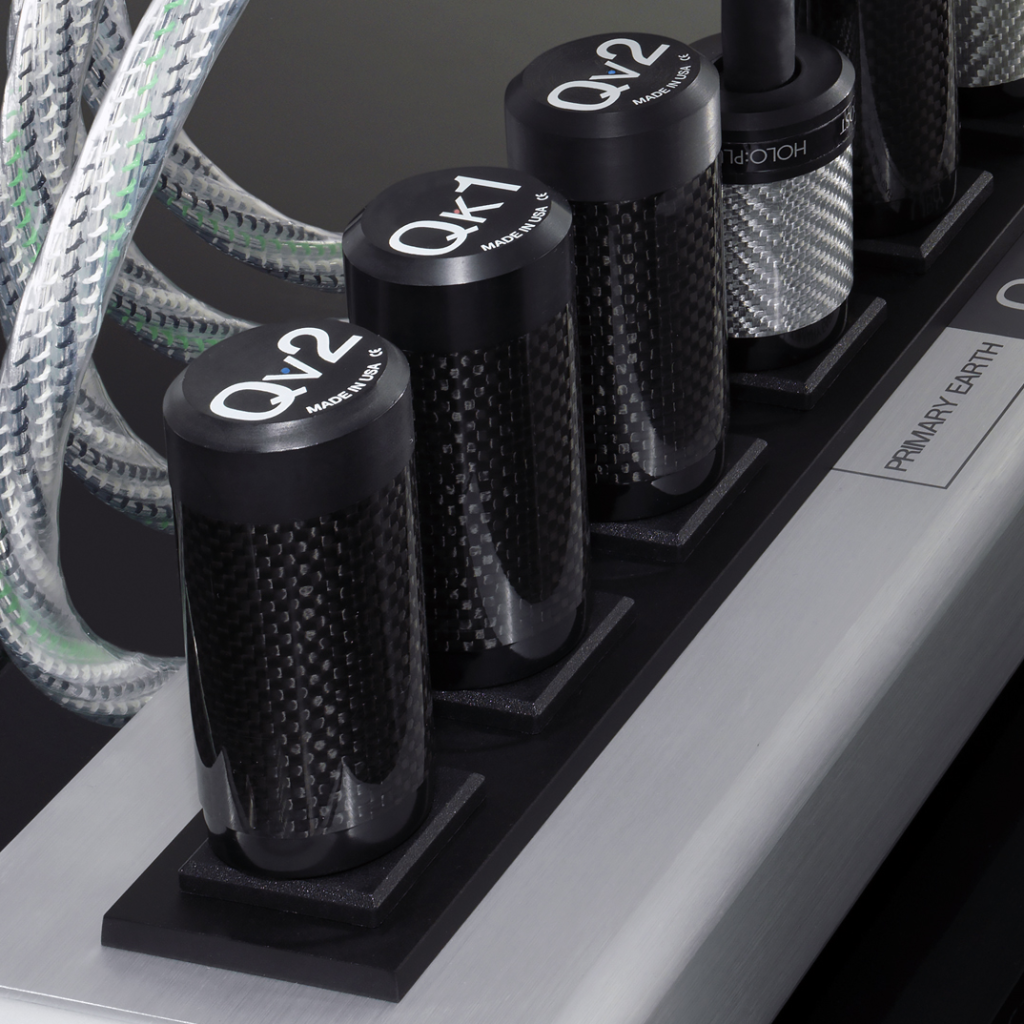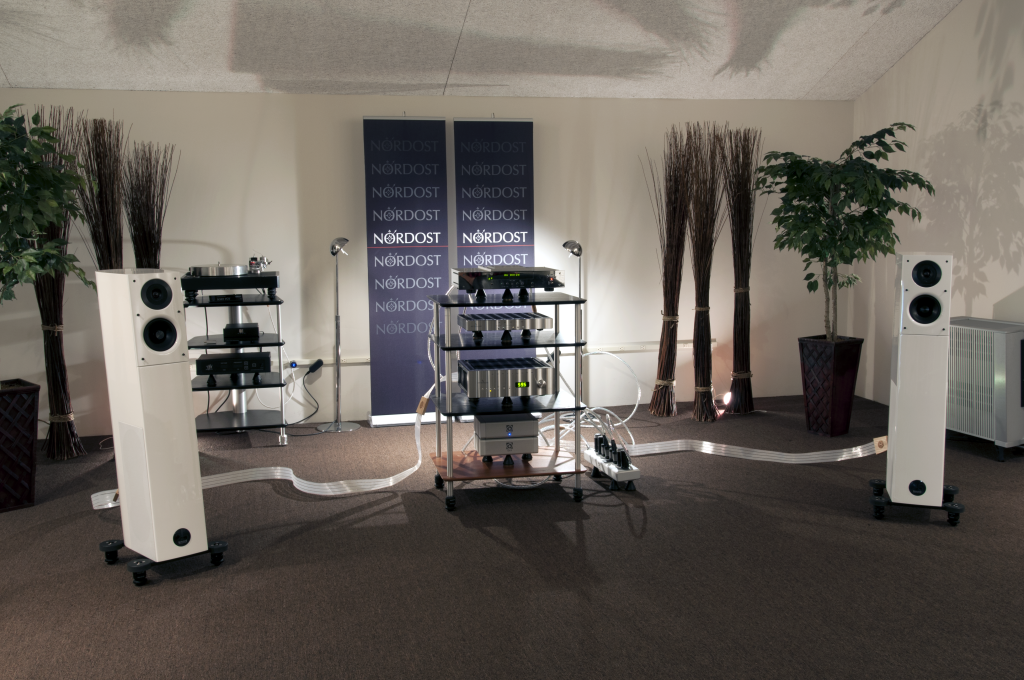 By Mike Marko
By Mike Marko
No matter what kind of an audio system you have, be it state-of-the-art two channel or entry level, there are some basic system set-up and maintenance techniques that can significantly enhance your listening pleasure. Some of these common sense improvements are easier to implement than others, but by not paying attention to these basic system tweaks, you’ll never coax the best performance out of the components you already own. In no particular order, here are 10 of the most useful tweaks you can make to get your system sounding its best:
1) Level All Components
Make sure your loudspeakers and electrical components are as level as possible. Be precise. Stability is critical to performance too— it makes a big difference! It is vital to make sure your speakers are stable and not rocking on their stands or feet.
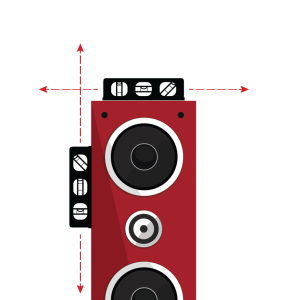
2) Proper Listening Position
Where you sit in the room is very important in relation to your speakers and room boundaries. Stereo imaging and frequency response can be greatly affected if this detail is not considered. Normally, it is best to position your listening chair away from room boundaries. Too close to the back wall can result in boomy bass, but be careful, placing your chair two-thirds back from the front wall can make the system thin and unnatural. Make sure to try a few locations to determine what’s best for your unique space.
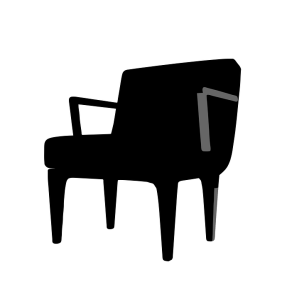
3) Reduce Electrical Static Charges
Depending on the season and your location, static charge build-up on components, cables, carpets, and speakers can be a real problem. Both static charges from components, using digital circuitry that scrambles their microprocessors, and cables, attracting dust and dirt that affects their signal transfer, need to be eliminated for good performance. Nordost’s Eco 3X is an effective tool to remove static build up.
4) Speaker Selection and Placement
If you’re playing dubstep at club levels in a large room but are using small, stand-mount speakers, you’re going to be an unhappy camper. Conversely, large floor standers in a tiny room will be just as problematic. Properly positioning your speakers, relative to walls, your listening chair, and other objects in your room, will be critical to your listening experience. Professional help from a trusted dealer can help you optimize your set-up with these variables in mind. For more information, take a look at at our “Speaker Placement in 5 Easy Steps” blog.
5) Electrical and Mechanical Grounding
One can hardly over emphasize the importance of system grounding. The advantages of a dramatically lowered noise floor have to be heard to be fully understood. Greater dynamic range, and the ability to hear nuances that are often buried in electrical noise, are some of the greatest benefits of proper grounding. If you can’t practically install a local grounding rod into the earth, there are solutions available that can provide an artificial earth ground for your system. Nordost QKORE Ground Units allow you to enjoy proper grounding, hassle free.
6) Keep All Electrical Contact Points Clean
All electrical contacts can be subject to corrosion over time. Keeping these contacts clean and free of oxidation is very important to good signal and power transfer. Periodically cleaning and tightening all the connections in your system, from the AC connection of the wall plug, to the pins on a moving-coil phono cartridge, will improve its performance. CAIG Laboratories’ selection of deoxidizing and cleaning products work very well on these issues.
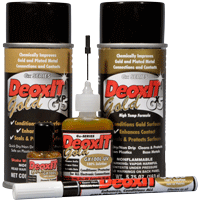
7) Good Cables
Much has been said about cabling in systems. Some have said that, past the most basic level, improving cables will not make any noticeable difference in your system. You might as well just go wireless, right? Others know that you’ll never get the most from the components you already own without optimizing their connections. Wired systems always outperform their wireless counterparts. Find a good dealer that will lend you some cables to take home and try in your own system, in your own home. Only then will you hear for yourself how important these critical links in your system are.
8) Listening Room Acoustic Treatment
Imagine setting up any audio system in a stark room with no furniture or window coverings. There will be echo and excessive reverb, as well as uneven frequency response and poor stereo imaging, no matter how good the system is. Now imagine a nicely furnished normal room with couches and chairs, framed art on the walls, lamps and drapes, crown moulding, and nice carpeting. The difference in sound will be startling, whether listening to music or simply carrying on a normal conversation. For more problematic rooms, you may need to take the extra step of adding acoustic panels, either diffusive, absorbent, or a combination of the two. Again, your local shop can provide analysis and recommendations for best performance.
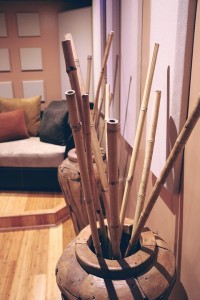
9) Resonance Control
In order for your equipment to perform its best, it is important to keep micro-vibrations (or resonance) away from the electrical components on any circuit boards. Certain components, like capacitors, are physical devices whose measured tolerance can vary significantly when subject to vibration. Internally generated vibrations, like those from power transformers or disc drives, and externally generated vibrations, like those from speakers and subwoofers, can both pose problems. Thankfully there are many solutions in the marketplace to address these issues. A good choice is Nordost’s range of Sort products.
10) Clean AC Power
Every bit of power needed to drive your sound system, from the source, to the amplifiers, to the speakers, originates from the AC signal coming from the wall. The quality of that power can quite dramatically affect the ultimate performance of your components. Proper power delivery must reduce the RFI and electromagnetic interference that contaminates the AC signal, without limiting the peak current that components require. Nordost QRT products can be very effective at establishing this balance.
Whenever you see one of us Nordost folks giving demonstrations at HiFi shows all around the world, know that we take all of these points and more into consideration when setting up our systems. Stop by the Nordost demo room next time we’re in town, and let us show you what we mean!
– Mike Marko
For more information about tweaks you can make to improve your system, check out our “Tiny Tweaks, Big Pay-Offs — Simple Adjustments That Make a Difference” download HERE.

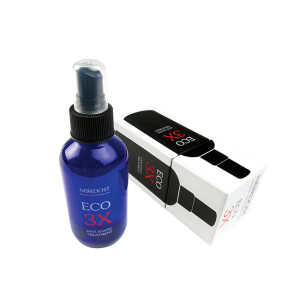
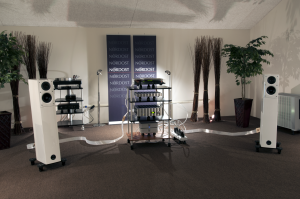
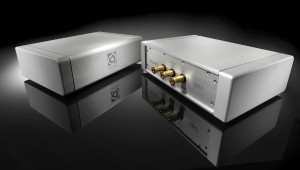
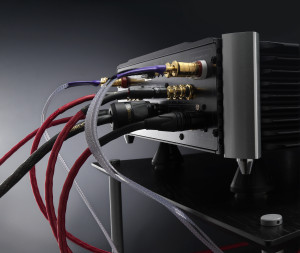
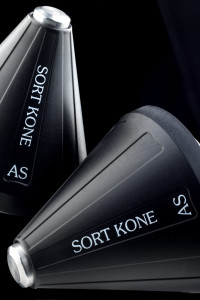
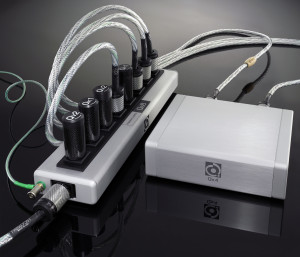
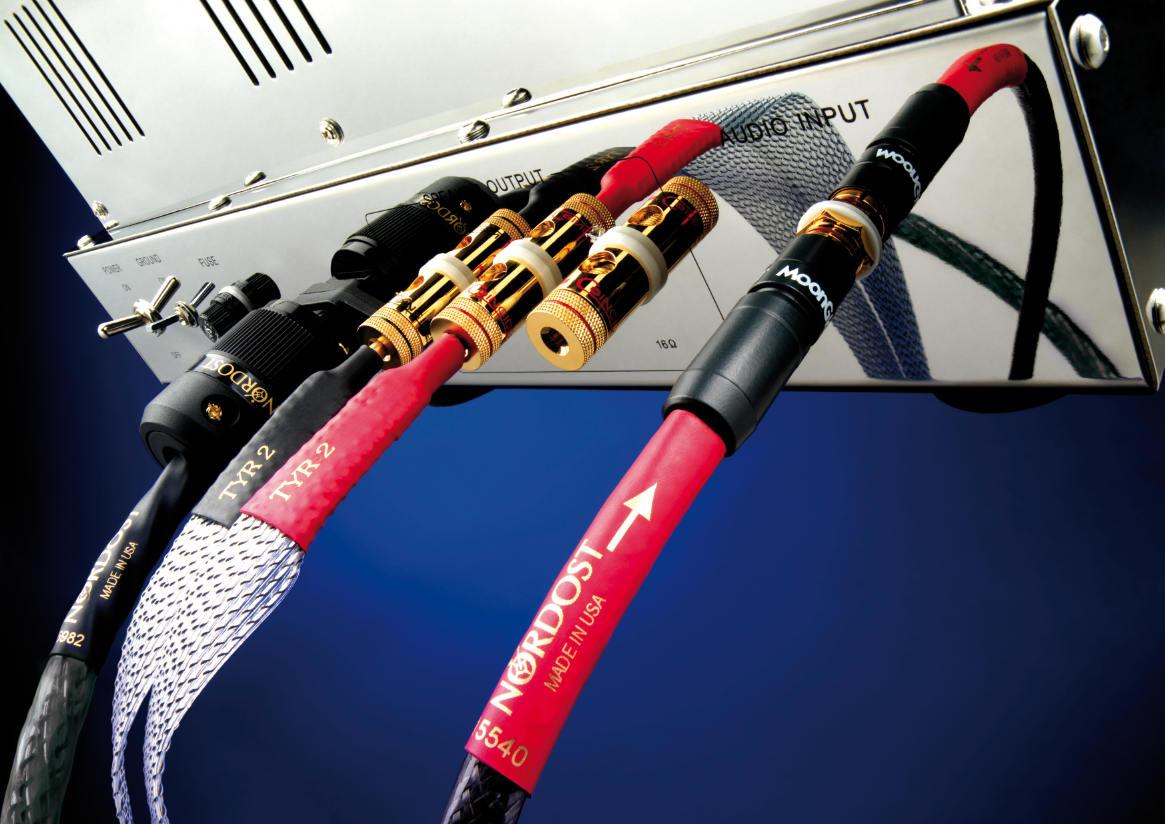
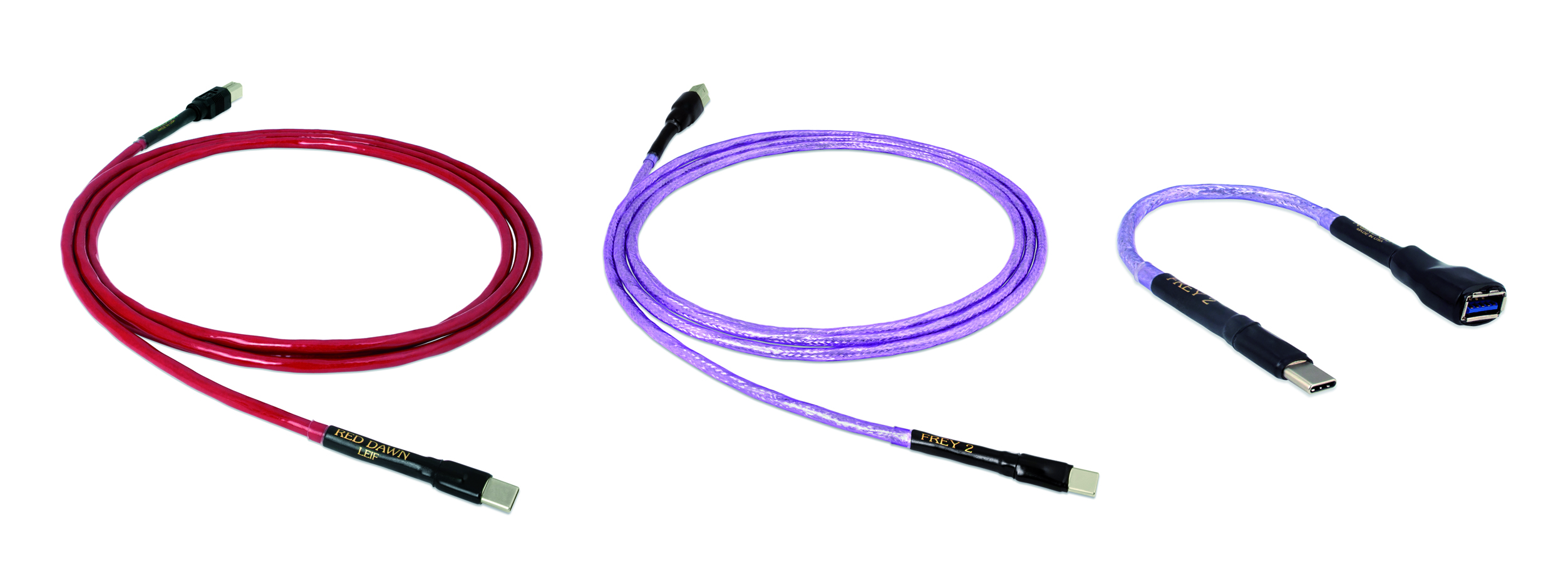
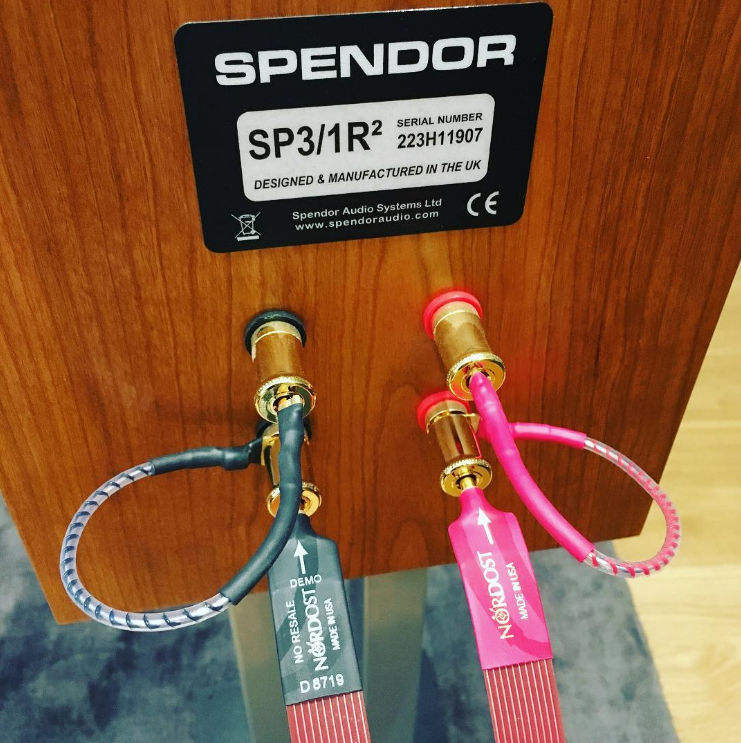
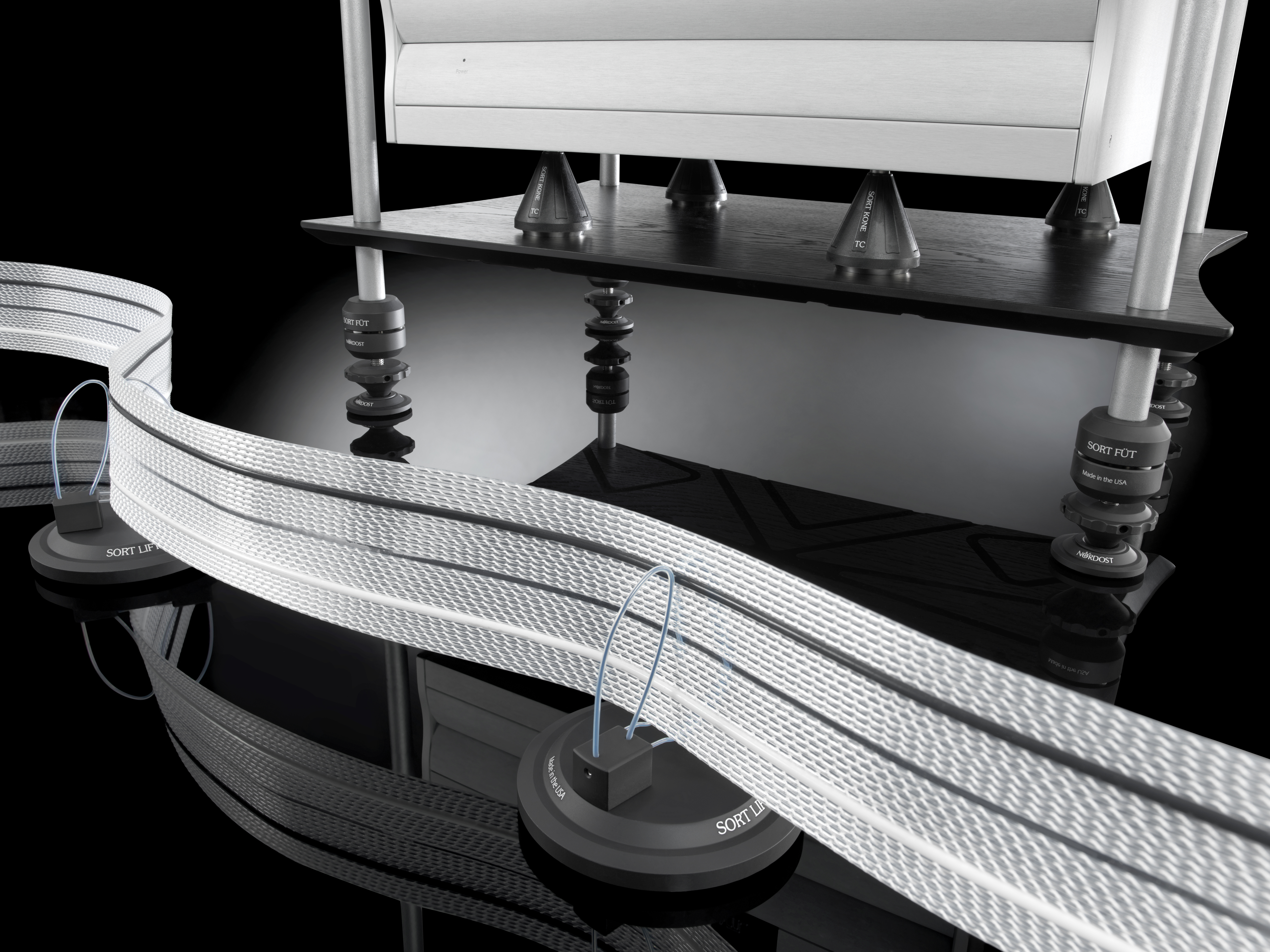

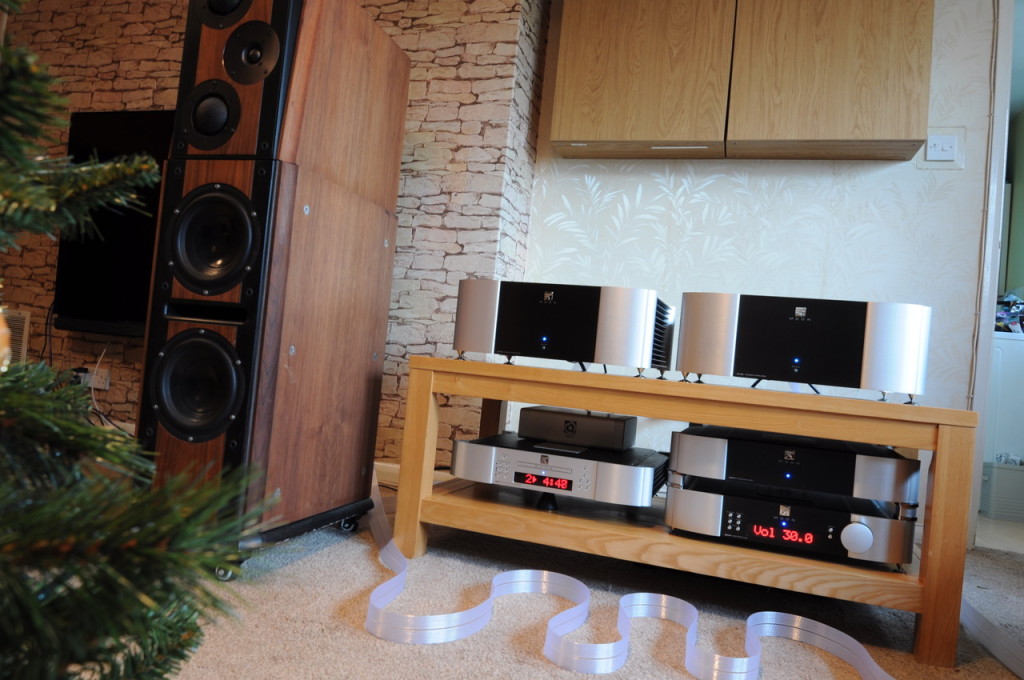
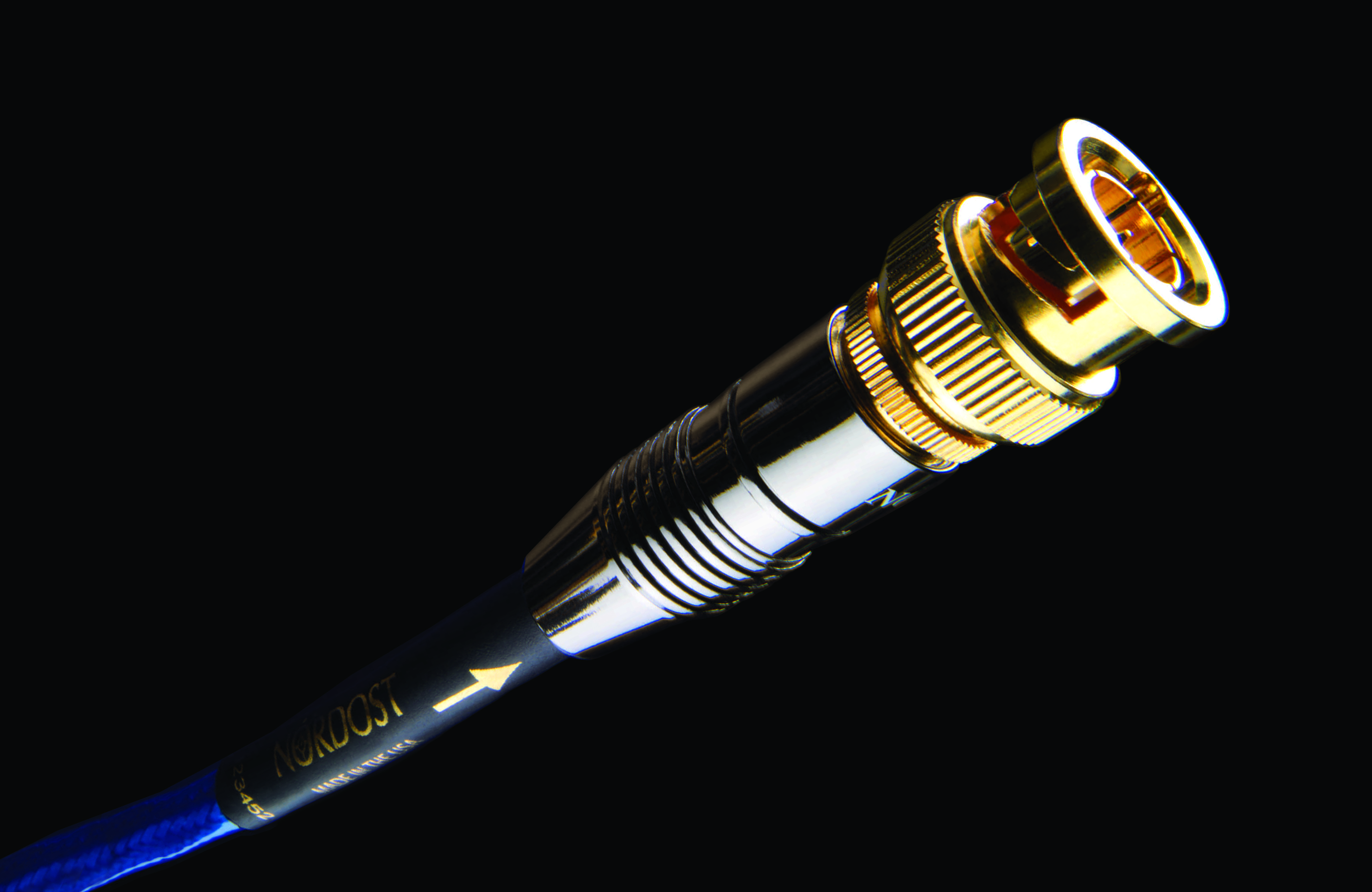
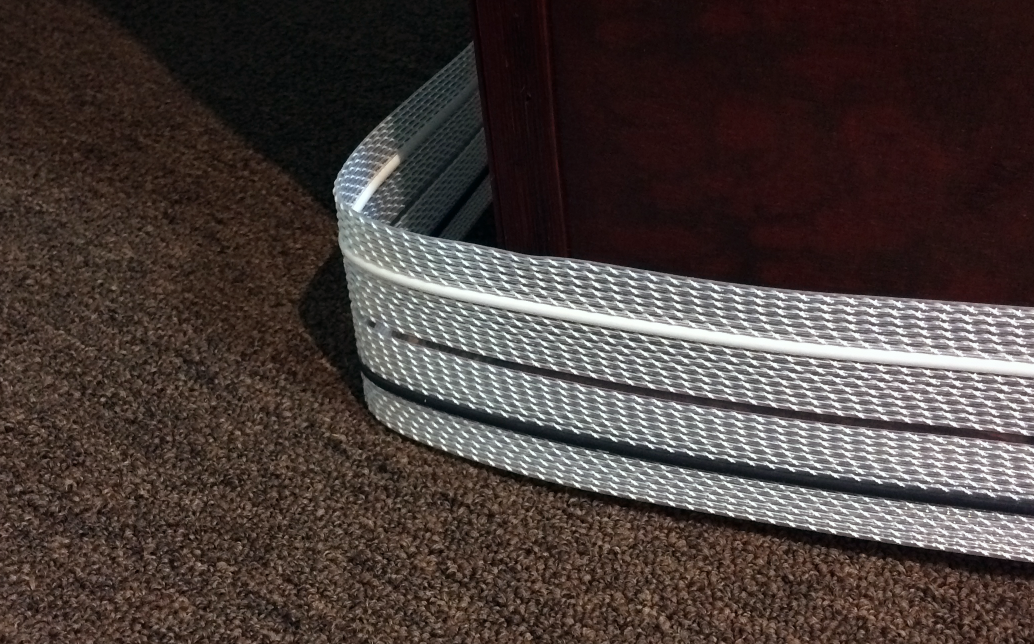 Q: I am in the process of upgrading my audio cables, but the way that my system is set up, I need to make sure that whatever I get is flexible. Can your speaker wire be bent to form around corners?
Q: I am in the process of upgrading my audio cables, but the way that my system is set up, I need to make sure that whatever I get is flexible. Can your speaker wire be bent to form around corners?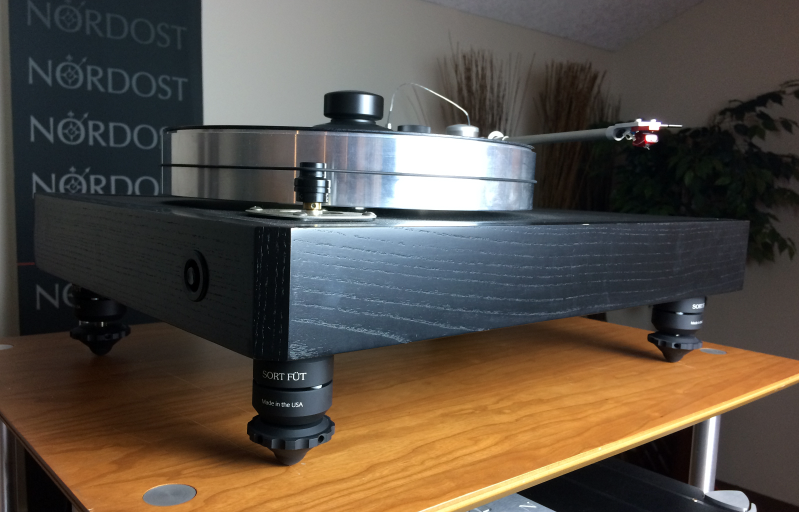
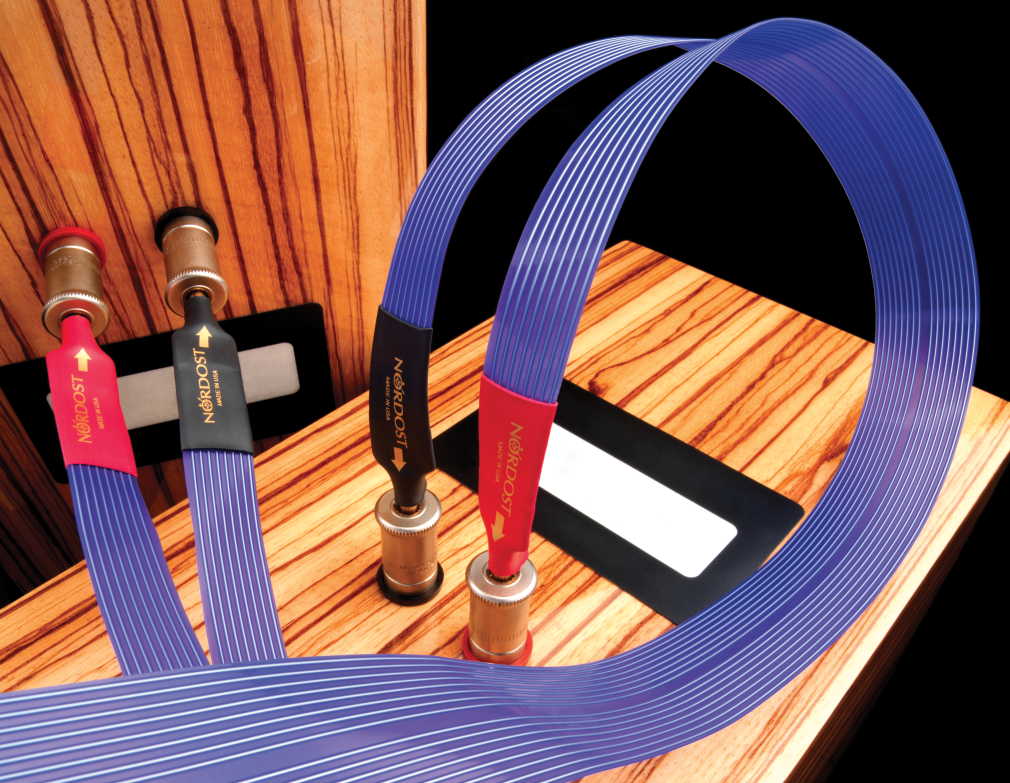
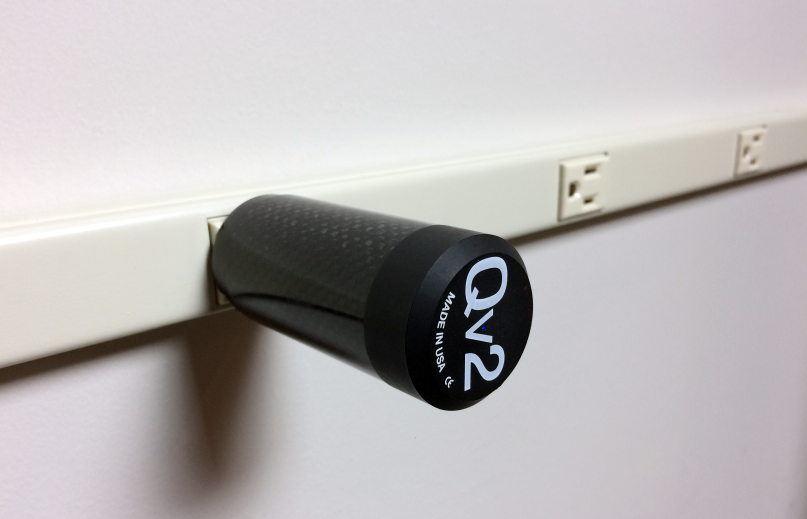 Q: I just ordered 2 pcs of your QV2 AC line harmonizers. Can I leave these devices plugged into the wall AC outlet all the time, or do I need to unplug them when my audio system is not in use? Will leaving them hooked up to a wall outlet decrease their lifespan?
Q: I just ordered 2 pcs of your QV2 AC line harmonizers. Can I leave these devices plugged into the wall AC outlet all the time, or do I need to unplug them when my audio system is not in use? Will leaving them hooked up to a wall outlet decrease their lifespan? 
